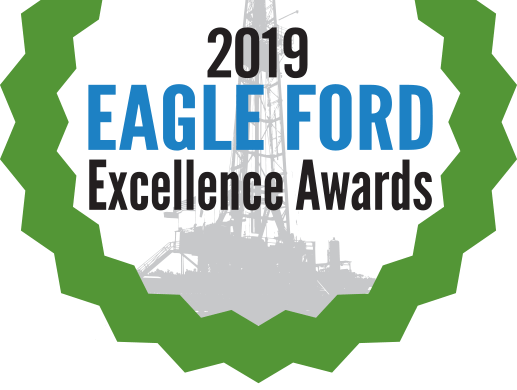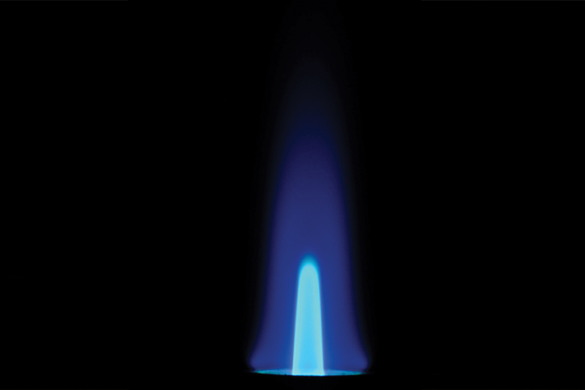Nearly half of homeowners in the United State use natural gas for heating when the winters turn cold or for hot water when a shower is needed to wash away a hard day. It can be used to run appliances, such as dryers and gas fireplaces. In fact, of all the natural gas consumed in the U.S. residential sector uses 17%. It also plays a huge role in keeping the lights on in homes and commercial buildings.
In 2018 nearly 35% of U.S. electricity came from natural gas.
It’s easy to overlook the details of something used every day. So, throw a load of clothes in the gas-powered dryer, turn off that faucet dripping hot water and let’s learn, or relearn, something forgotten.
The Cleanest Fossil Fuel
Natural gas is one of the cleanest energy sources. It burns clean, helping to reduce smog, acid rain and greenhouse gases. It gives off less atmosphere-harming carbon dioxide than any other fossil fuel, including coal and petroleum.
When burned, it releases up to 50% less CO2 than coal and 20-30% less than oil.
How often do you think about your car’s engine? It’s probably safe to say the average American thinks about it only when that dreaded check engine light illuminates. What thought have you given to natural gas cars? If you are a friend to the environment, this is the car for you. Compressed natural gas (CNG) cars look and drive like conventional automobiles, but they produce over 90% less carbon monoxide emissions than conventional combustion engines.
Hurricanes happen. When they do, we need power to jumpstart our recovery. Most emergency-power generators run on natural gas. When that disaster strikes, roads are often impassable, but pipelines are still running. The generators they fuel supply power to hospitals, businesses and homes.
Pipeline Transportation is the Safest
There are two main kinds of pipelines: liquids pipelines and natural gas pipelines. Liquids pipelines are used primarily for transporting crude oil, diluted bitumen and natural gas liquids. Some may also transport distilled petroleum products, such as gasoline, to distribution areas. Natural gas pipelines are used only for the transport of natural gas.
There are over 2.5 million miles of natural gas pipelines in the United States, providing almost one-quarter of all energy used. According to the U.S. Department of Transportation, pipelines are safe, environmentally-friendly, efficient and reliable. By keeping trucks off the roads, pipelines reduce traffic emissions, decrease the need for road repair and reduce traffic.
Looking to the Future
With ongoing global economic expansion, the need for clean energy production is continuing to grow. Because of its low emissions and versatility, natural gas is at the forefront of global energy production. More pipelines will be needed. Those new pipelines will produce more jobs and will reduce greenhouse gases, benefiting the environment, our country and ourselves. Natural gas is generating a bright future for us all.









